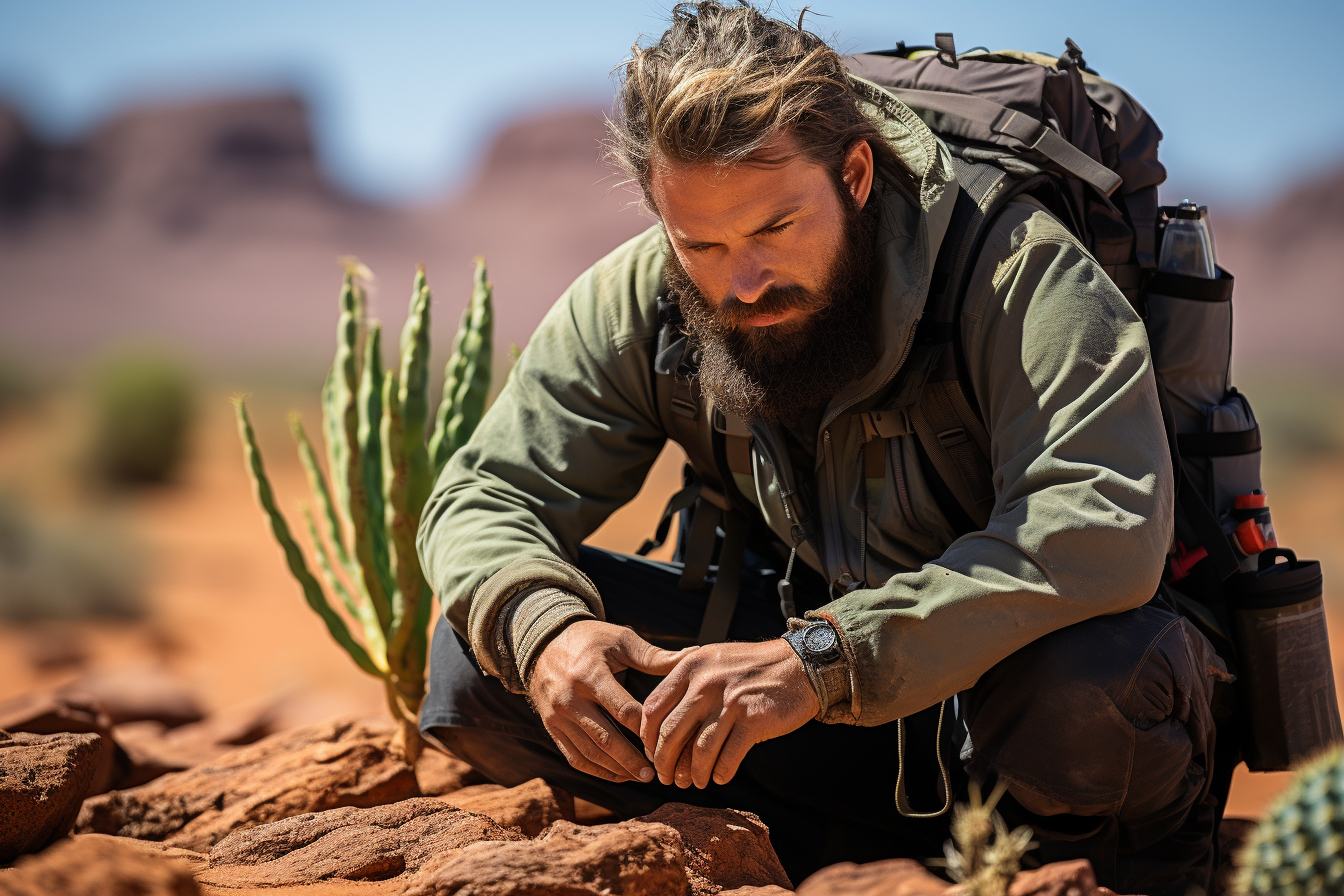Imagine yourself lost in the middle of a scorching desert, without food or water, with nowhere to hide from the blazing sun. Survival in arid environments may seem impossible, but with the right techniques, it is possible to stay alive and even overcome the most extreme conditions. In this article, we will introduce you to the essential strategies and tips for surviving in such an unforgiving environment.
The importance of hydration
When it comes to dryland survival, hydration is key. Water is essential to keep your body healthy and avoid dehydration, which can be fatal in just a few days. When you find yourself in the desert, finding clean drinking water is crucial. Natural water sources, such as oases or streams, may be rare, but there are techniques for locating them. For example, look for signs of vegetation or animals, as these usually indicate the presence of water nearby. If you are unable to find water, it is important to know how to collect morning dew or make a trap to capture rainwater.
The search for food
Finding food in an arid environment can be a challenge, as vegetation is sparse and most animals hide during the day to escape the heat. However, some plants and animals have evolved adaptations to survive in these harsh conditions, and you can exploit them for your own survival. For example, cacti are an excellent source of water and food. You can juice them or eat their fruits to hydrate and nourish yourself. Likewise, insects, such as beetle or ant larvae, are rich in protein and can be an important food source. Learning to recognize edible plants and hunt small animals can save your life in a desert.
Protection against heat and sun
In deserts, temperatures can be extremely high and the sun often shines mercilessly. It is crucial to protect yourself from heat and the sun’s rays to avoid heatstroke and sunburn. Wear light, loose-fitting clothing to allow air to circulate and your body to breathe. Protect your head with a hat or turban to block direct sunlight. Also use sunscreen with a high protection factor to avoid burns. Finding shelter from the sun is also essential. If you can’t find natural shade, create your own shelter using branches, rocks, or any other available materials.
Navigation and orientation
Getting around in a desert without landmarks can be extremely difficult. It is essential to master navigation and orientation techniques to avoid getting further lost. Use natural navigation techniques, such as observing the stars or the sun, to determine your direction. Learn to read the tracks in the sand or sand to find the right path. It is also recommended to have a compass and a map of the area to orient yourself more easily.
Conclusion
Survival in arid environments can seem like an insurmountable challenge, but with the right techniques and knowledge, it is possible to stay alive and find the resources needed to survive. Remember the importance of hydration, foraging, protection from heat and sun, and navigation and orientation. These crucial skills can mean the difference between life and death in such a hostile environment. So, before venturing into a desert, make sure you prepare yourself well and acquire the necessary knowledge to deal with these extreme conditions.












